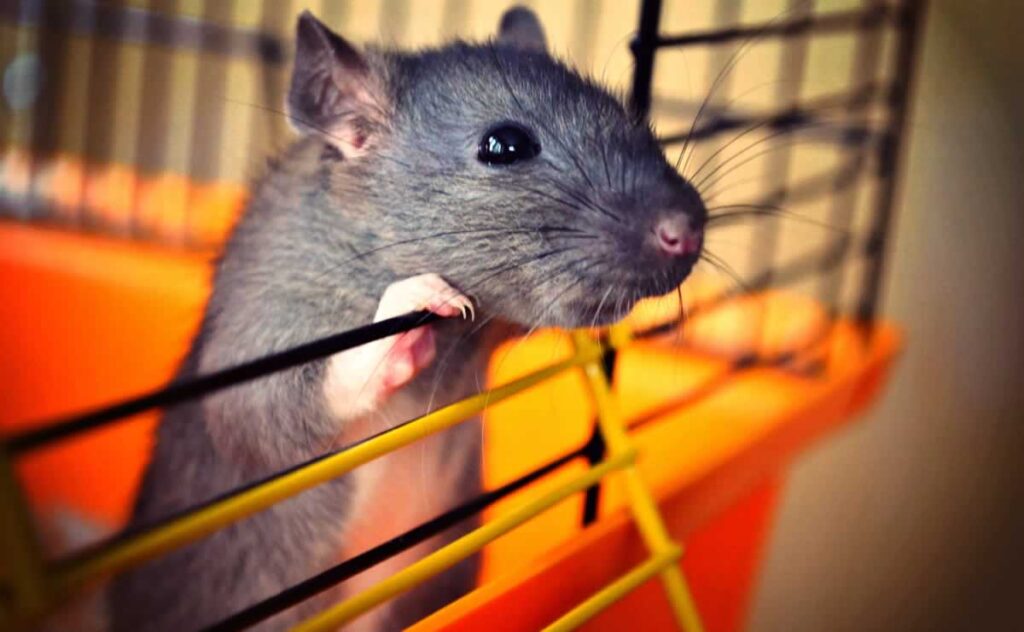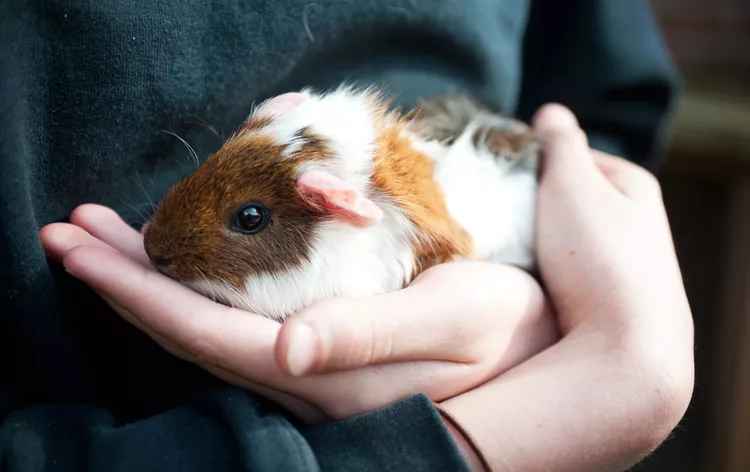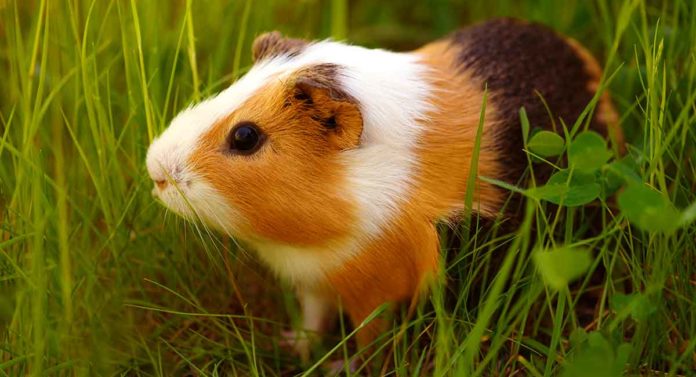Effective Ways to Deal with Pet Rat Lice: A Comprehensive Guide
If you’re noticing your furry companion, your pet rat, constantly scratching and itching, there’s a possibility that he might be grappling with a common ectoparasite known as lice. The very mention of these tiny pests might make you feel a bit uneasy, but fear not. There are steps you can take to prevent these pesky parasites from infesting your pet rat, and in case they’ve already taken up residence, you can safely and effectively treat the issue. Let’s delve into how you can handle pet rat lice and ensure the well-being of your furry friend.
1. Swift Lice Eradication

If you suspect that your beloved pet rat has fallen victim to lice, it’s crucial to seek immediate assistance from your trusted exotic pet veterinarian. Your veterinarian specializing in exotics will be able to accurately diagnose the lice infestation and recommend appropriate treatment. In some cases, they might prescribe drugs like ivermectin or selamectin off-label (referring to the use of drugs for purposes other than their original intent; a practice that veterinarians are authorized to employ).
Avoid the temptation to opt for over-the-counter medications from regular drug stores or pet supply shops to treat rat lice. Such treatments can be far too potent for small animals like rats, and they might even prove fatal. Additionally, pet store treatments could pose risks, including seizures, ineffectiveness, and a waste of your hard-earned money. To ensure your pet’s safety, it’s wise to consult your veterinarian before taking any actions.
2. Thorough Cage Cleansing

Once your pet rat has undergone the prescribed treatment from your veterinarian, it’s imperative to thoroughly sanitize the rat’s living environment before allowing him back into it. Take the time to clean and wash the cage, feeding dishes, and any toys present in the cage. Utilize mild dish detergent and water for cleaning, making sure to rinse away all traces of soap. Dispose of any bedding or food that might have been exposed to contamination, and freeze any remaining materials for at least 24 hours to eliminate any hidden insects. If the weather permits, placing the cage and its contents outside overnight can also help freeze potential pests. Ensure that your pet’s bedding, water, and food are fresh upon reintroducing him to his living space.
3. Species-Specific Concerns
It’s worth noting that lice infestations are species-specific, meaning that lice that affect rats won’t affect humans or other animals. For instance, human lice are distinct from those that affect rats, guinea pigs have their own lice, and the same goes for mice and rabbits. Therefore, you need not worry about contracting lice from your pet rat or passing them on to him. In the unlikely event that a rat louse comes into contact with you, it won’t bite or survive. This underscores the importance of focusing on targeted solutions for your pet’s specific needs.
4. Distinguishing Mites from Lice

It’s helpful to understand the fundamental difference between mites and lice. Mites belong to the arachnid family, akin to spiders and ticks, whereas lice are insects comparable to ants. Lice can be further categorized into two types: sucking lice and biting or chewing lice. Sucking lice pose greater concerns due to the potential transmission of blood-borne diseases and the risk of anemia resulting from excessive blood loss. Regardless of the type, both mites and lice can cause significant itching. Therefore, if you observe your rat scratching excessively, prompt treatment is advised.
5. Prone Pets
Lice infestations are more commonly associated with certain pets. Rats, mice, guinea pigs, and gerbils are among the most likely to acquire lice. Interestingly, despite their popularity and prevalence in the pet world, hamsters are not typically prone to lice infestations. On the other hand, guinea pigs are commonly affected. Rabbits may also become infested, particularly if they’ve had contact with other rabbits at events like fairs or rabbit shows.
If your pet rat shows signs of itching, it’s advisable to consult your veterinarian. After sanitizing the environment and ensuring appropriate humidity levels in your home, seeking professional advice is a step toward safeguarding your pet’s health.
In conclusion, being attentive to your pet rat’s behavior and promptly addressing any signs of itching or discomfort can spare your furry companion from the inconvenience of lice infestations. Working closely with your veterinarian and following the steps outlined here can lead to a happier, healthier life for your beloved pet rat.





















